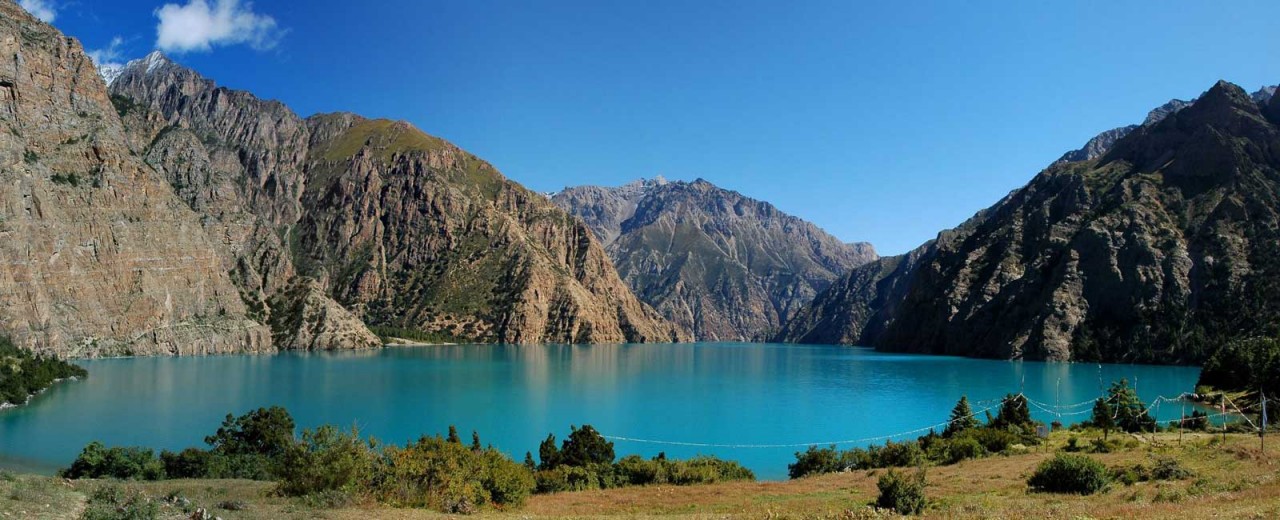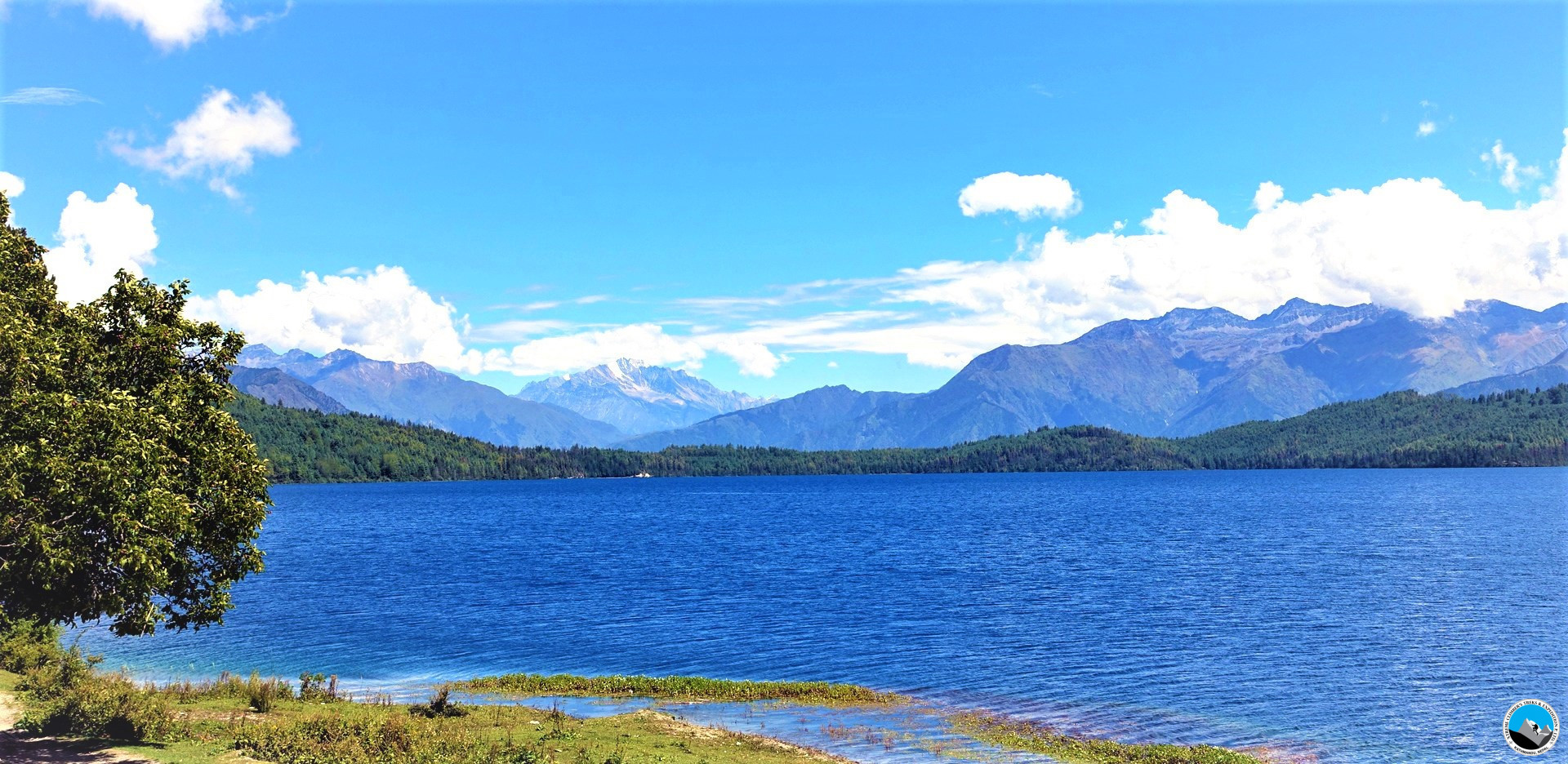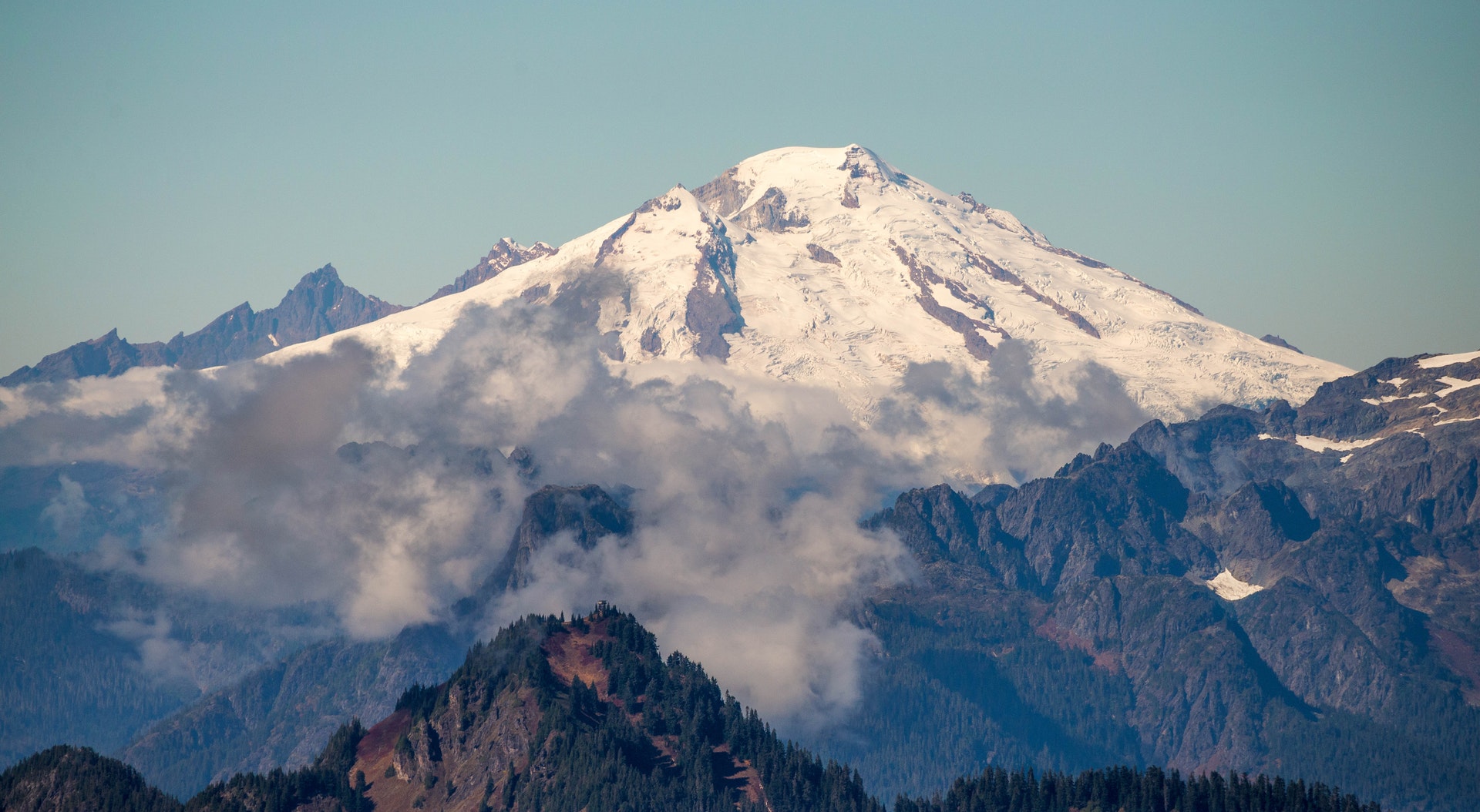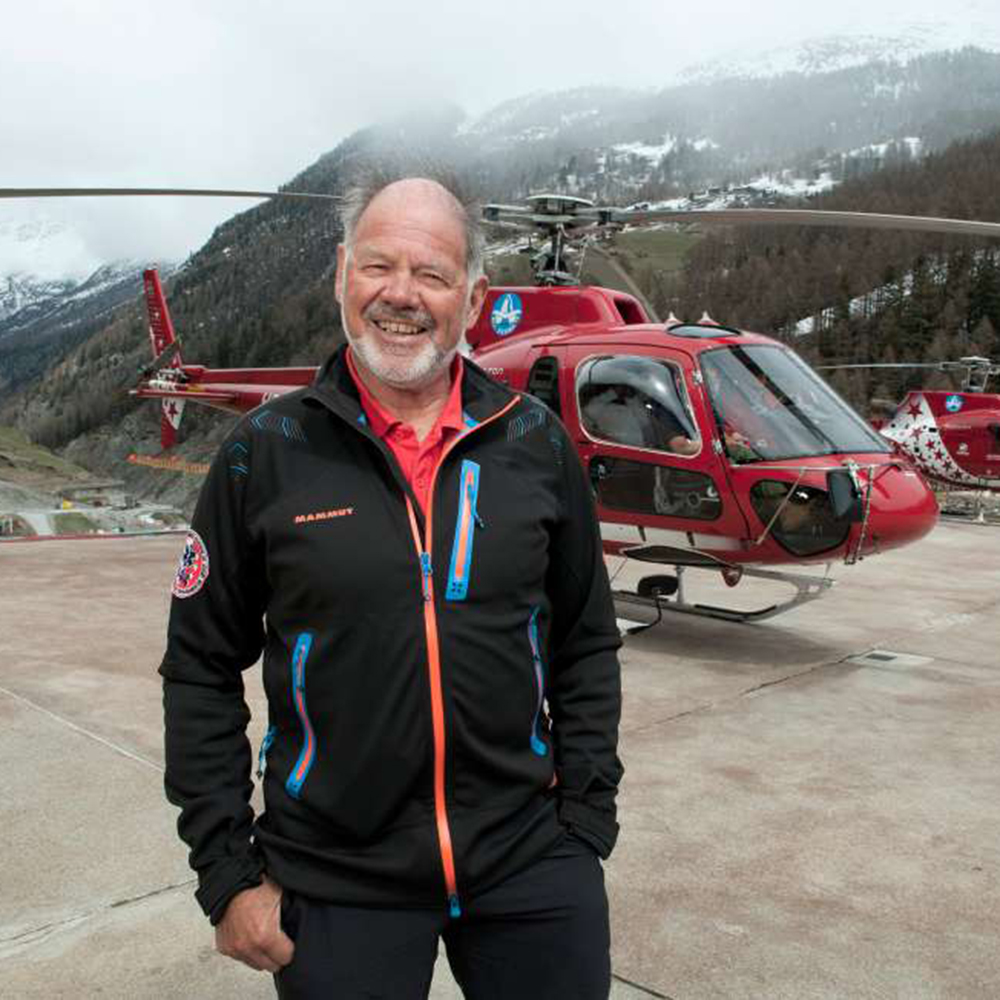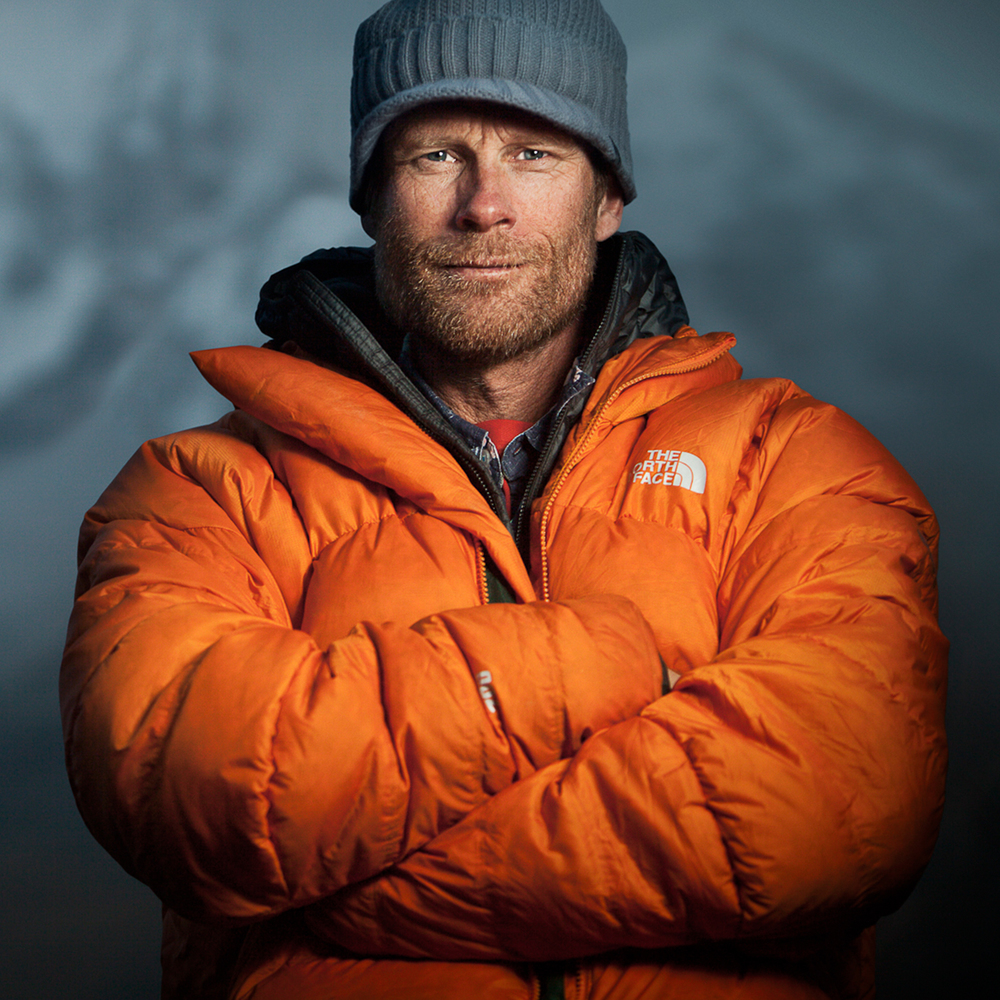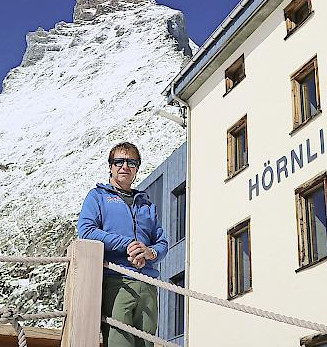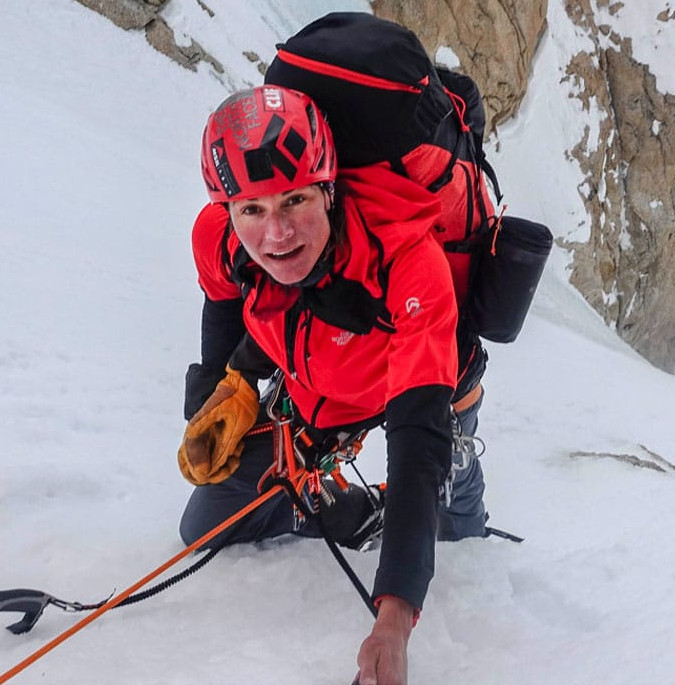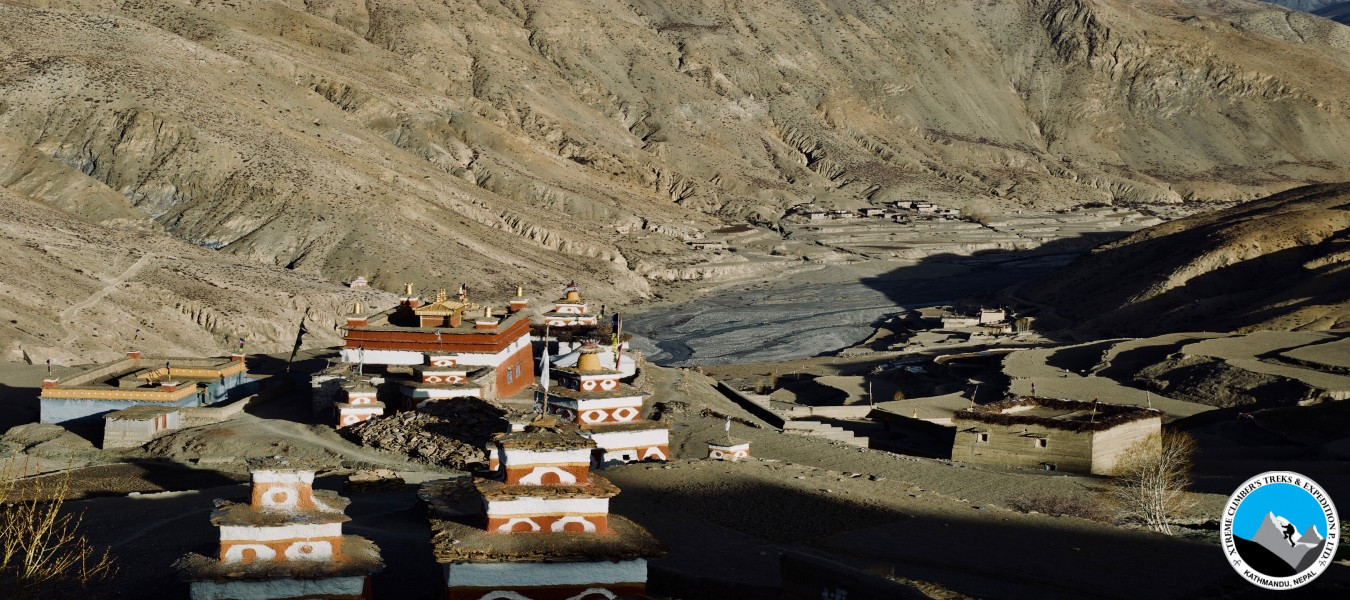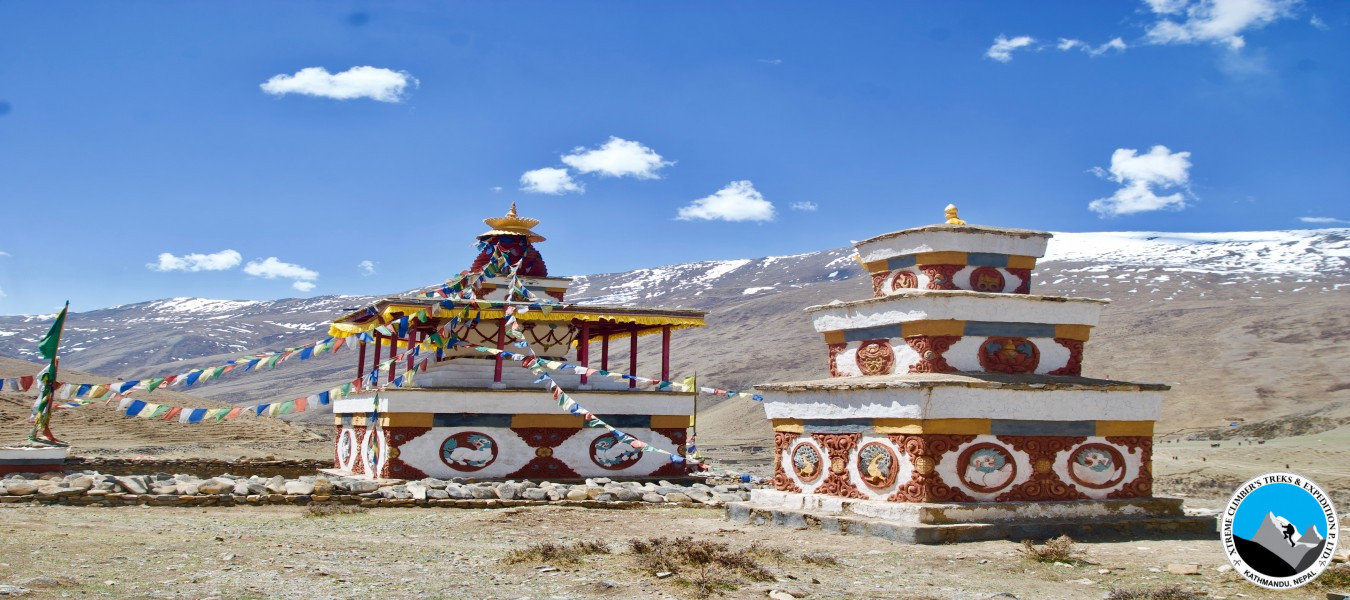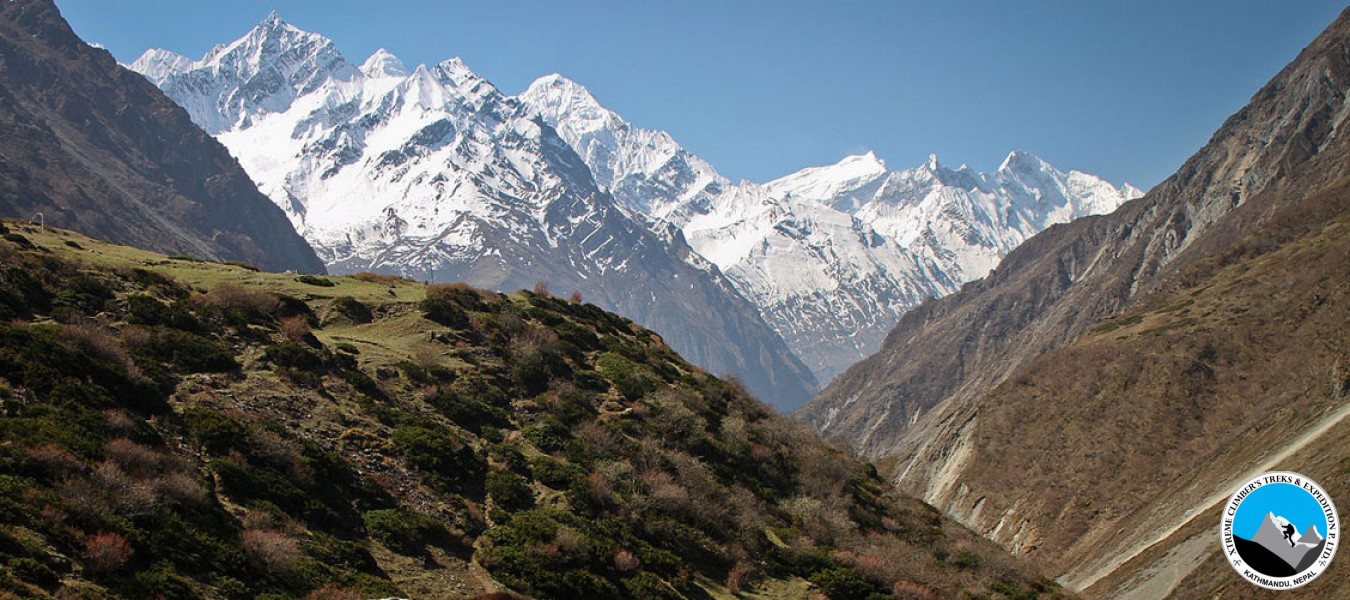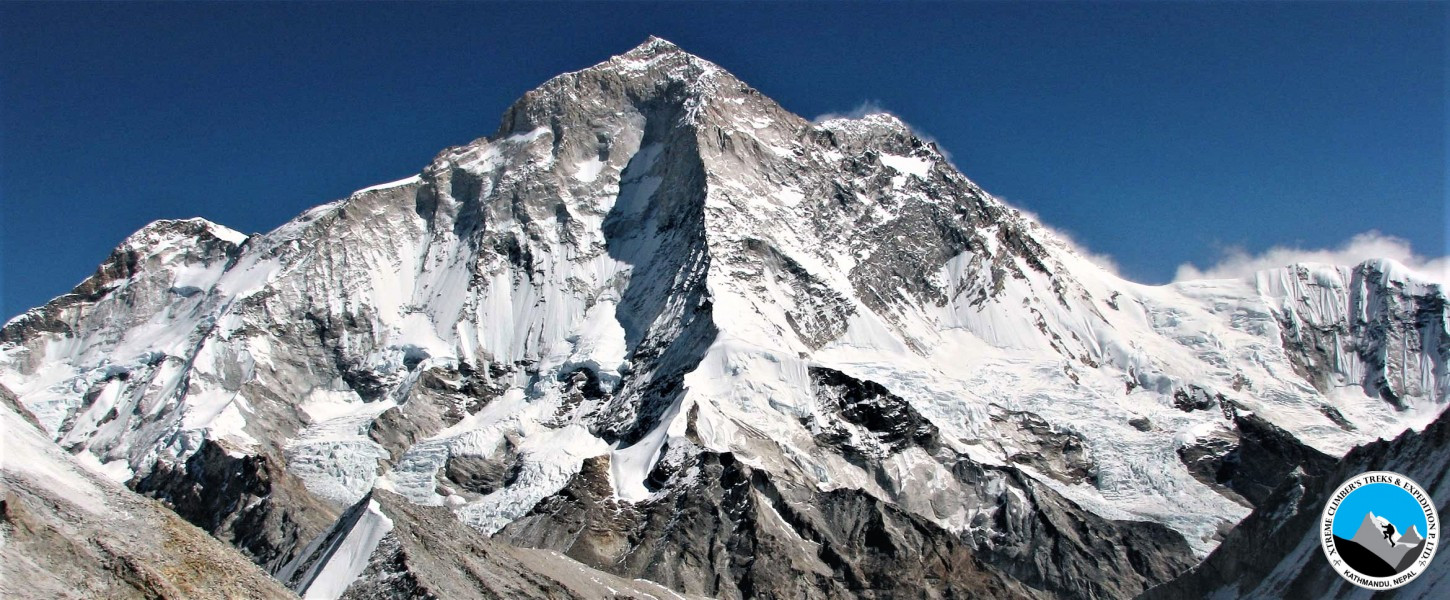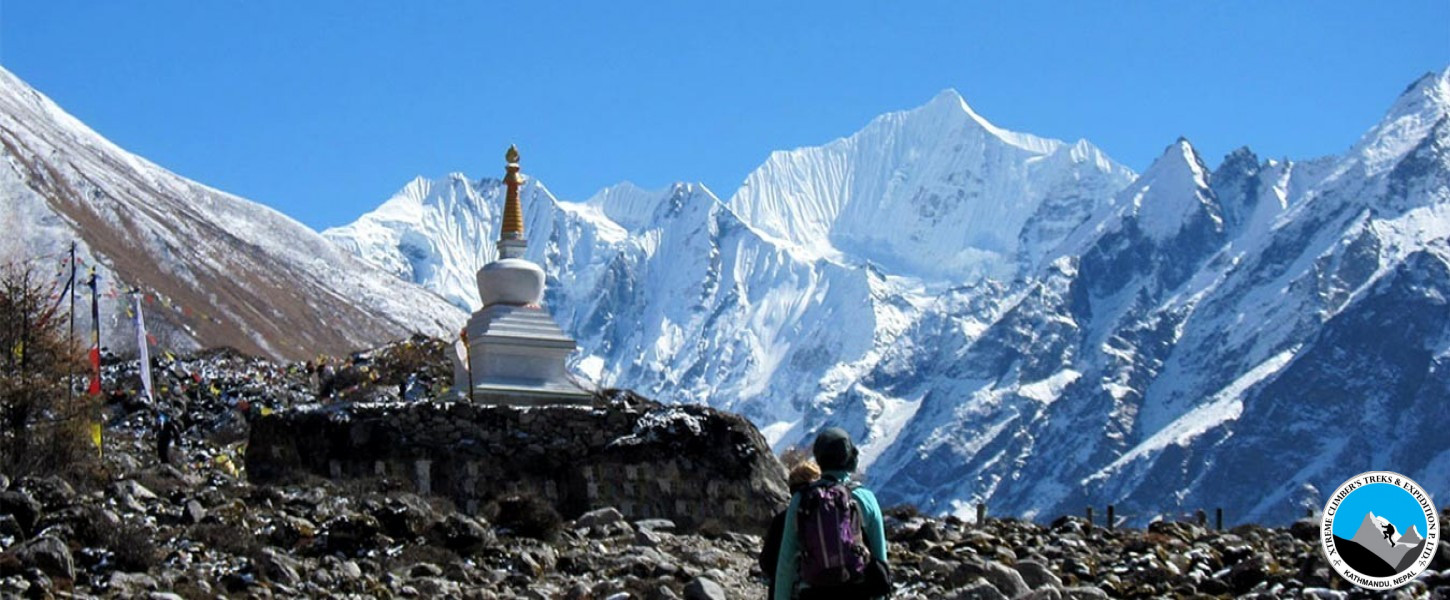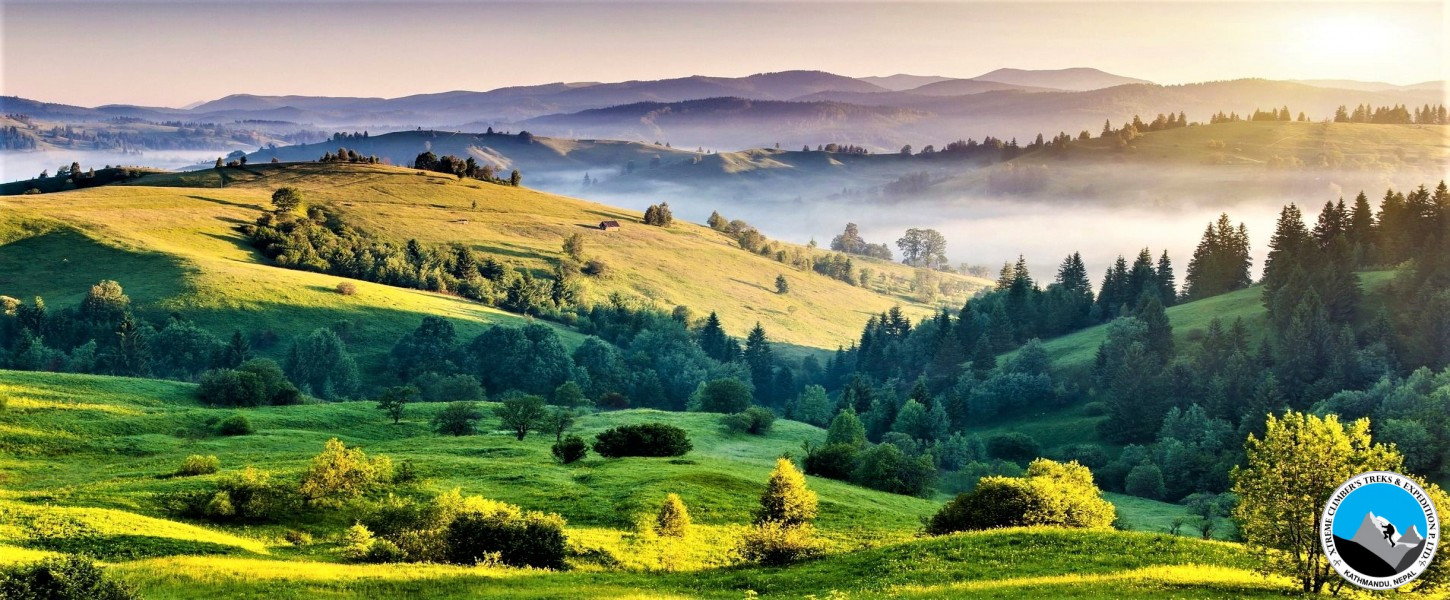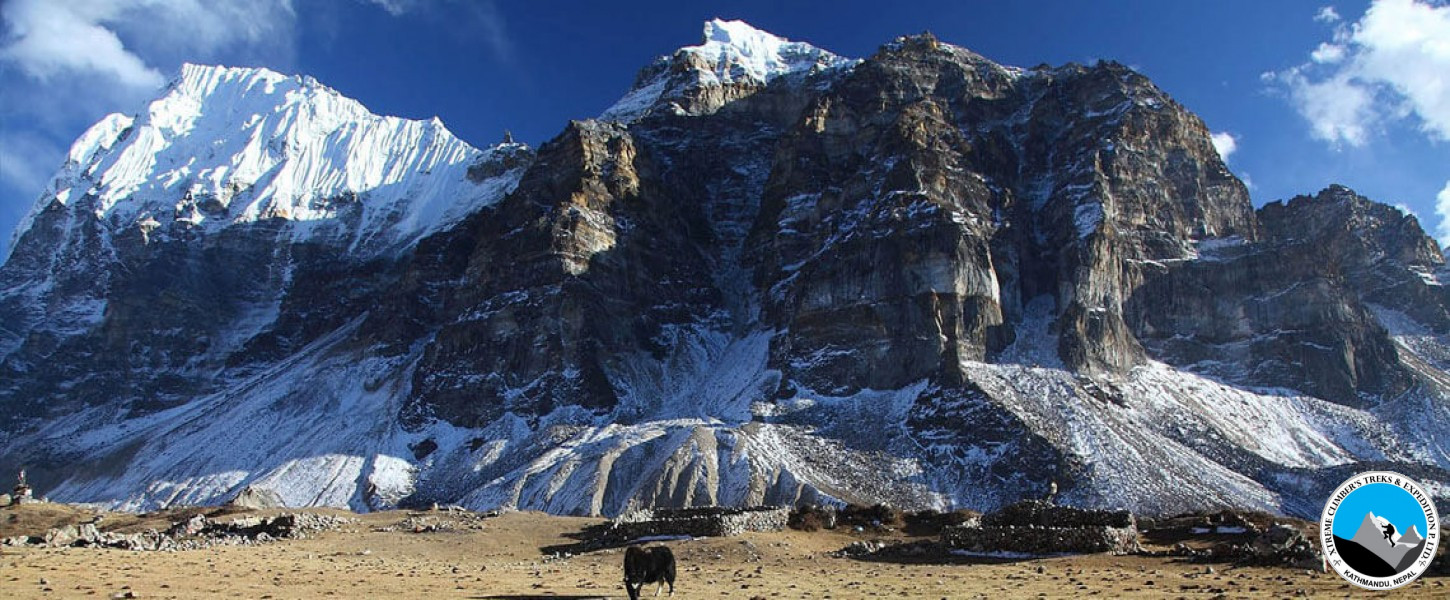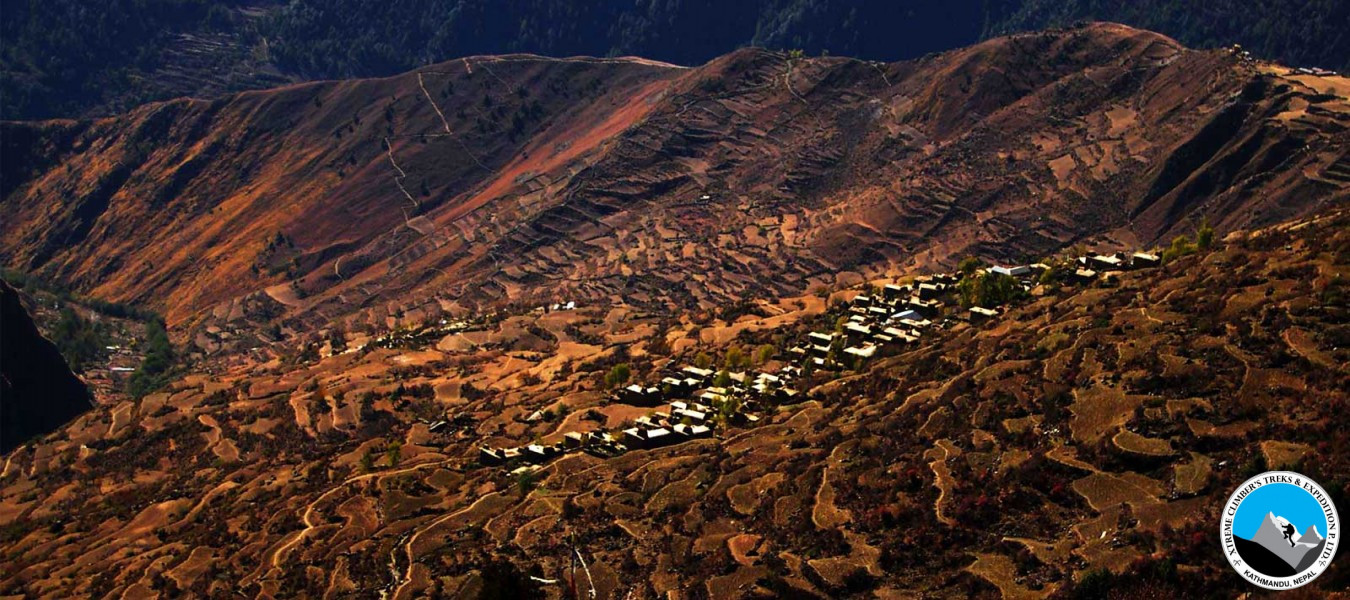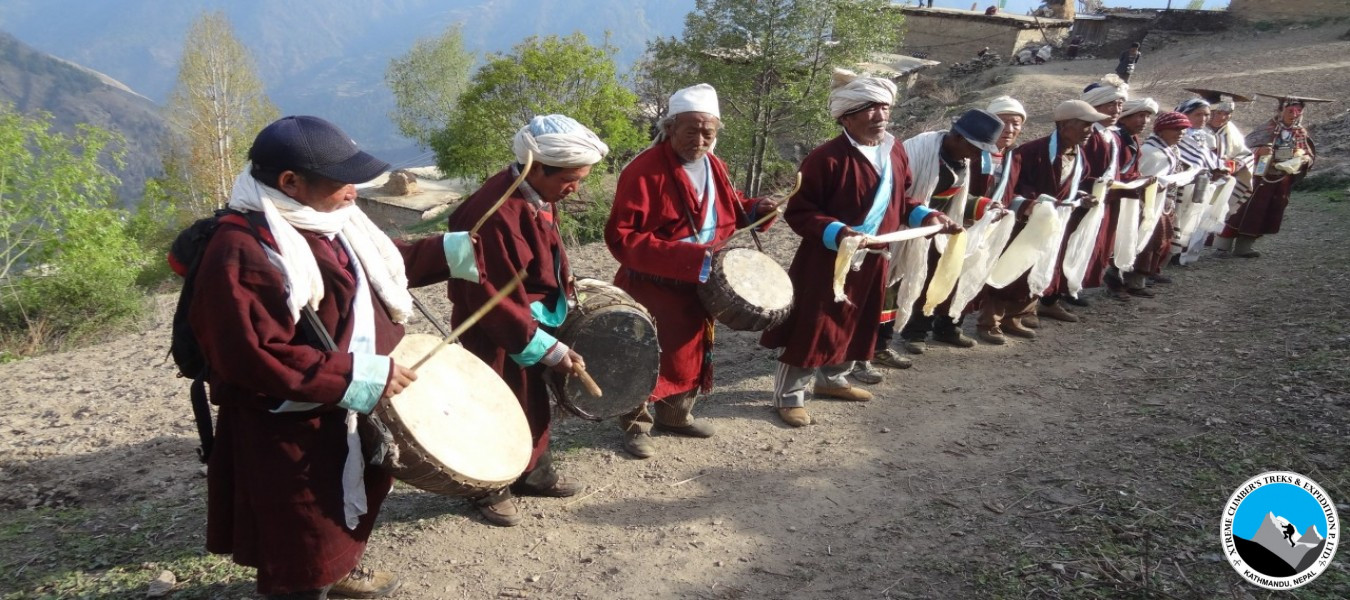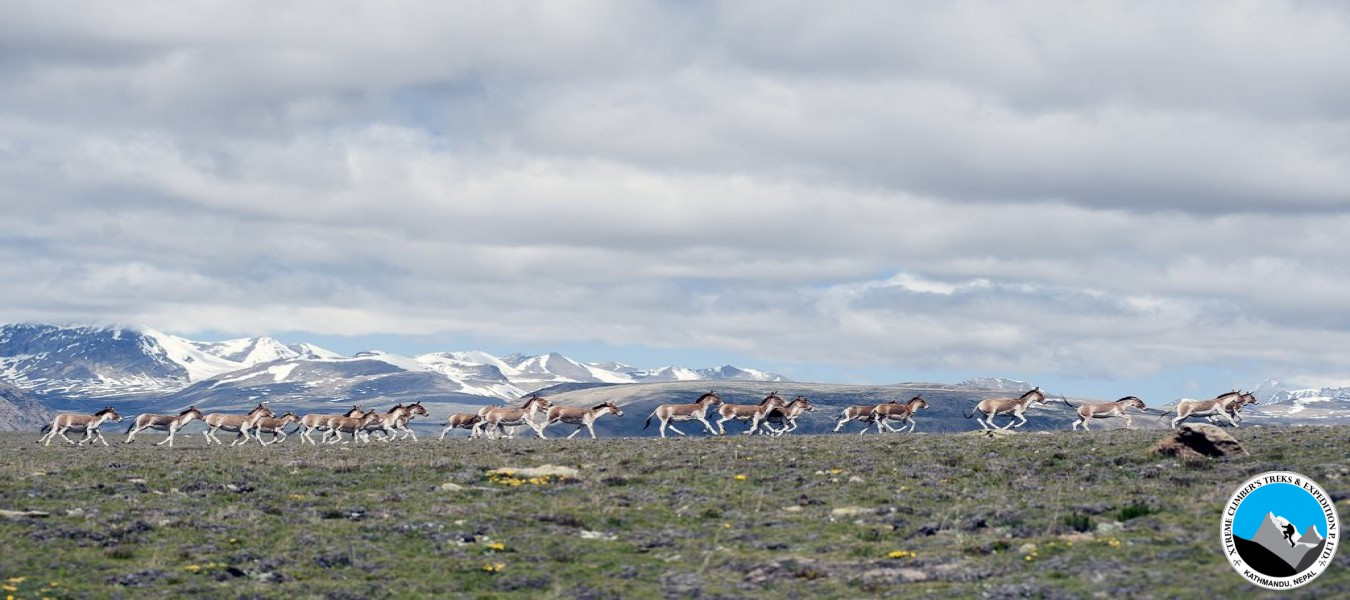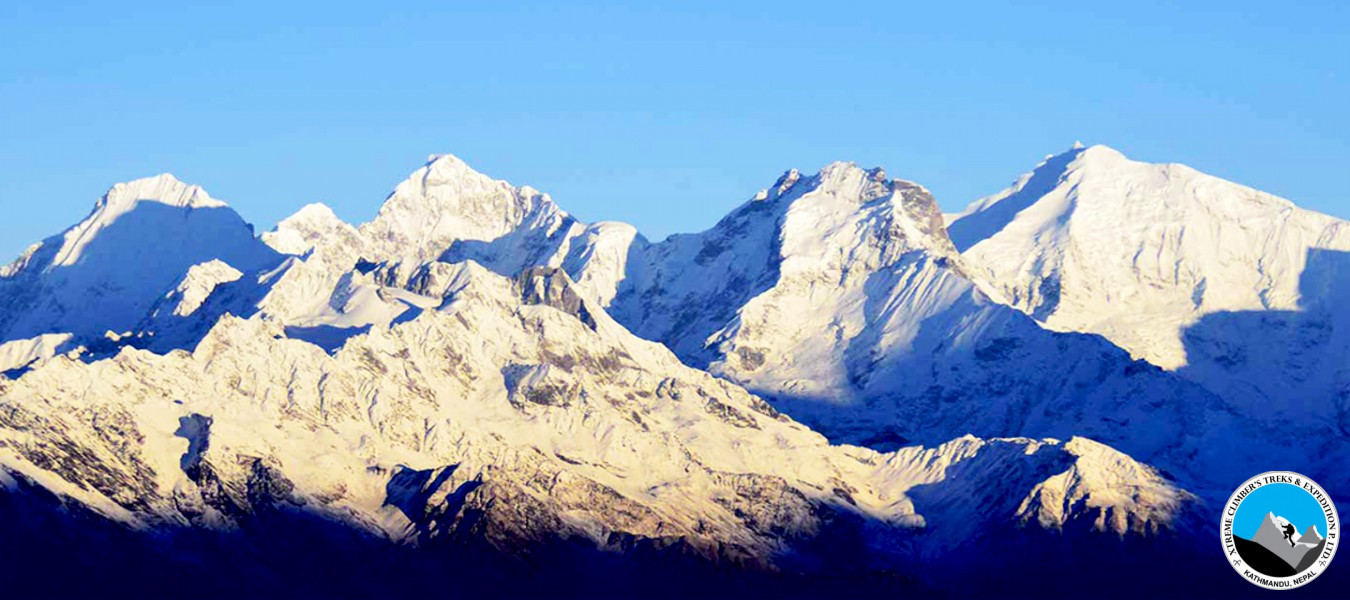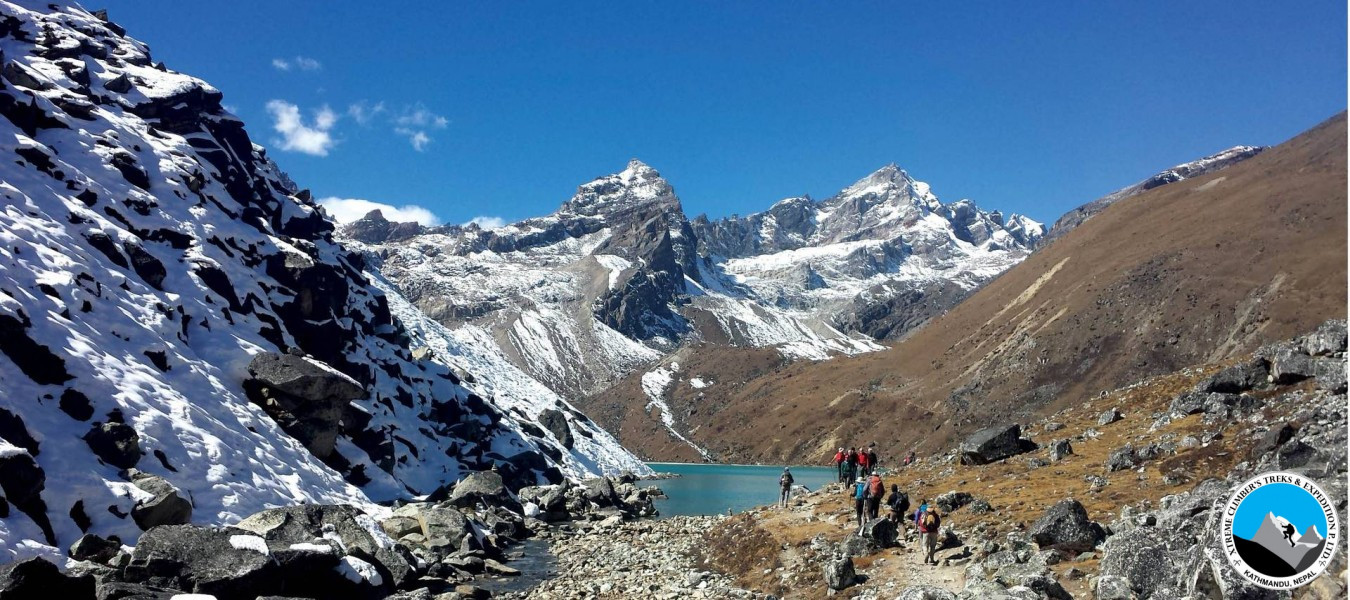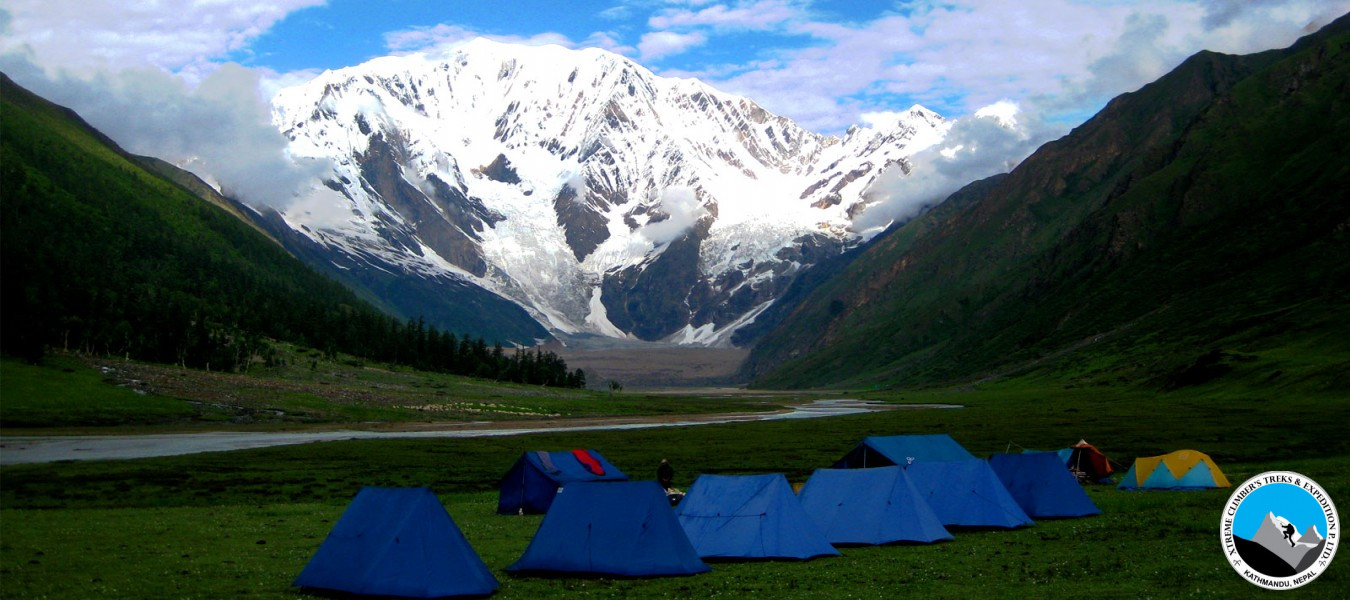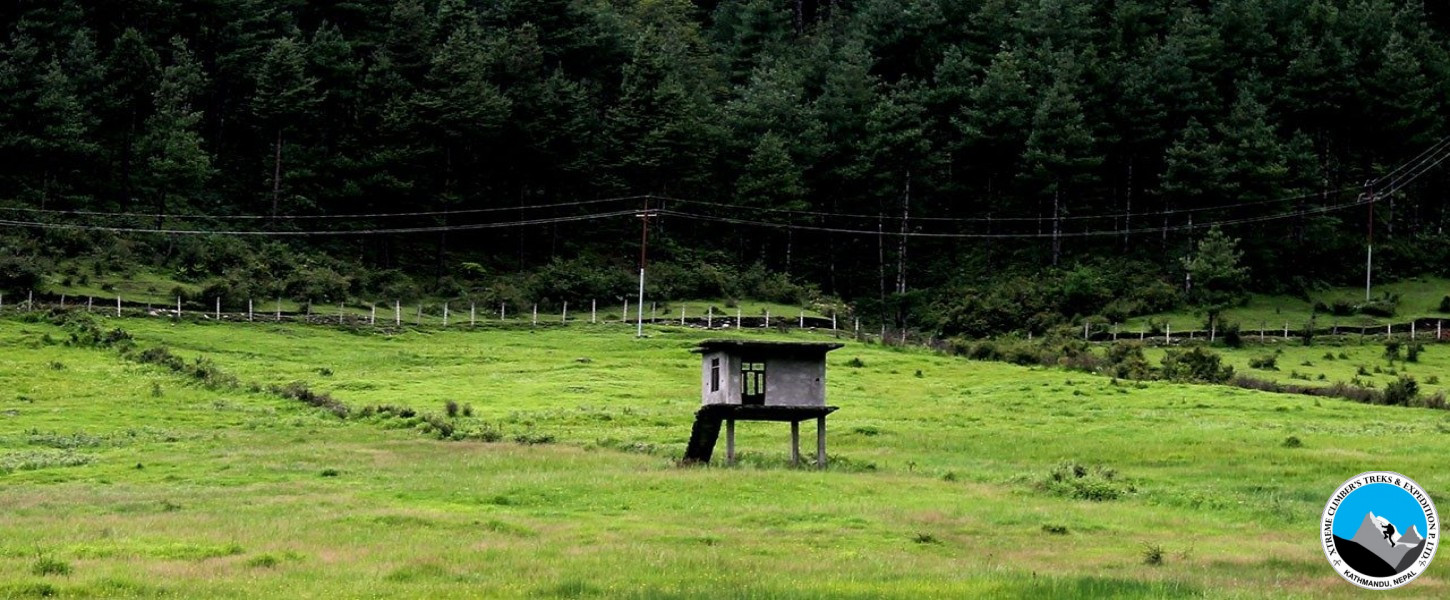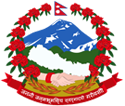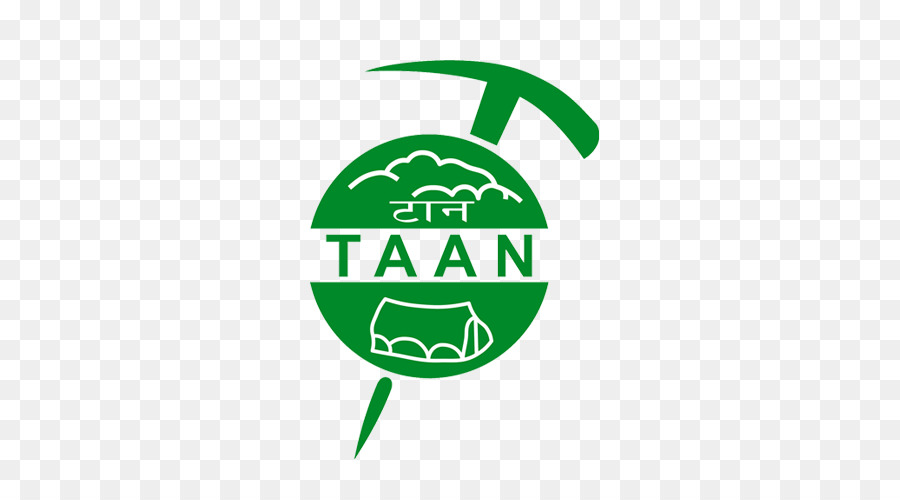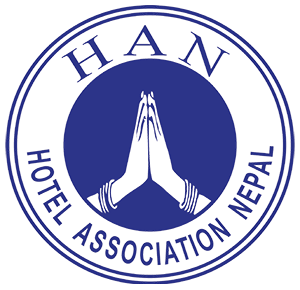This extraordinary trek takes you from Rara Lake, Nepal’s biggest lake, to Khaptad National Park, a hidden gem in Far West Nepal. surrounded by snow-capped mountains and thick pine forests is the serenely beauty of Rara Lake. especially on a still day when the mountains and clouds reflect in the tranquil waters is It’s stunning sight.
Khaptad National Park well-hidden treasure located in the mid-mountain region of Far-Western corner of Nepal at an air distance of 446 km from Kathmandu. It is still relatively untouched by tourism development, Due to its remote location. which makes Khaptad a perfect destination for the adventurer looking for a real wilderness experience. The core area is situated at the cross point of Bajhang, Bajura, Doti and Achham Districts of Seti Zone. The Park HQ. at Khaptad is about 50 km and 32 km walking distance respectively from Silgadhi town (Doti) and Chainpur town (Bajhang).
The park covers a unique ecosystem of the mid-mountain region of Western Nepal and is situated at around 3,000m. elevation. Khaptad named after Khaptad Baba, the renowned spiritual saint who have meditated here for 50 years. Khaptad is great for spotting wildlife and birds, with 23 species of mammals and 287 types of birds. Mammal species symbolic of the park are leopard, Himalayan black bear, wild dog and musk deer. Bird species include the beautiful Impeyan pheasant (danphe; Nepal’s national bird), Peregrine falcon, the white rumped vulture and many types of partridges, flycatchers, bulbuls, cuckoos and eagles.
The upland is a rolling plateau with grasslands intermixed with oak and coniferous forests.offers you a beautiful variety of landscapes, with rolling green hills, moorlands, steep slopes and streams. 567 species of flora have been recorded in the protected area, including oak and pine forests, and Rhododendron forests. From the park you can see the amazing views of Api and Saipal Himalayan ranges.
